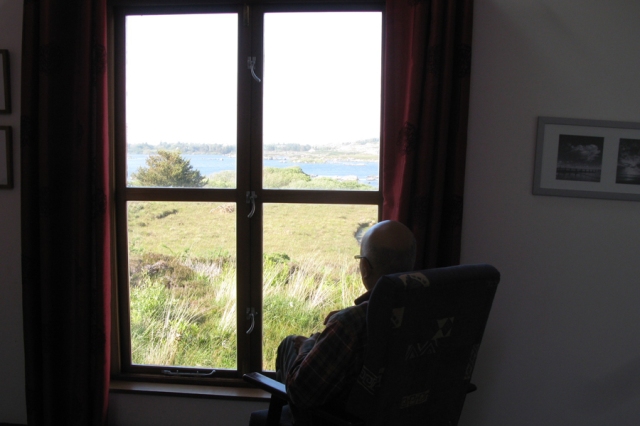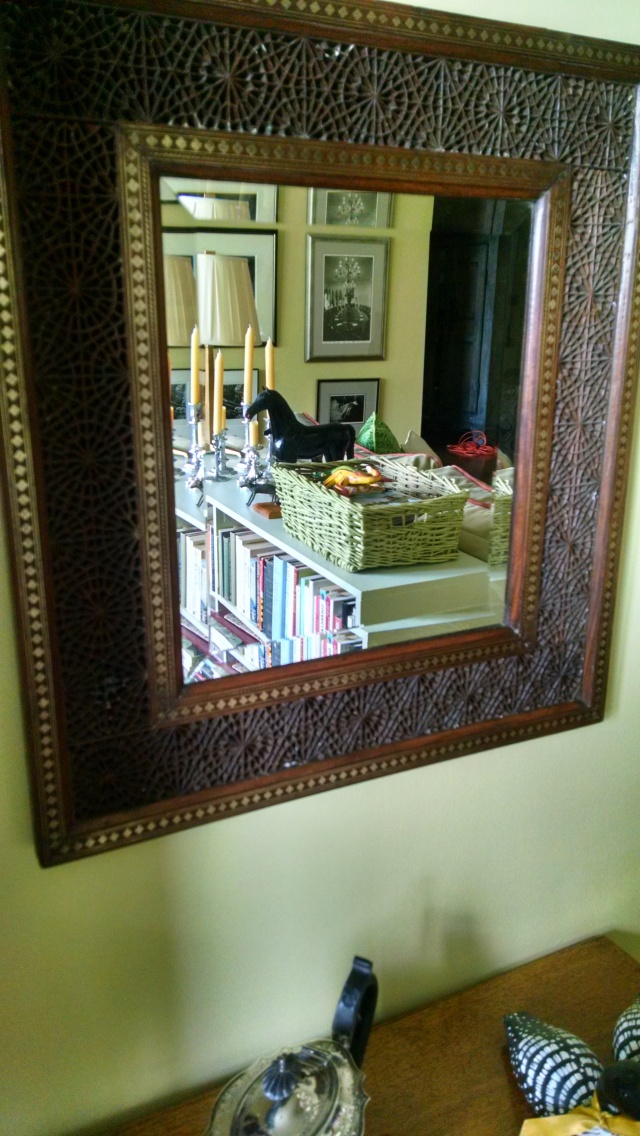By Caitlin Kelly

Occasionally!
A year ago I decided to give it a try — while the truly hard core consume only 500 calories two days of every week, hence the name 5:2.
Here’s my initial blog post about it.
Two days every week, I restrict my intake to 750 calories, sometimes a bit more (800 to 850), and have been doing this consistently for a year.
I can’t tell you how much weight I’ve lost because I won’t get on a scale — it would destroy all motivation if I didn’t like result!
I don’t care if I end up thin; ideally I want to eventually lose at least 30 to 40 pounds.
But friends now immediately notice the difference in my appearance, and my husband, who obviously sees me most often, and most exposed, sees it as well.

My upper body is smaller and firmer.
My face is thinner.
I’ve dropped a band and cup size for my bras.
I now see muscle definition in my calves and arms that wasn’t there, or hadn’t been as visible.
I’m also lifting weight, (30 reps for each exercise, mostly upper body), and take a 45-minute spinning class (i.e. seated bike) twice a week, emerging each time sweat-drenched. That helps suppress my appetite and burn some calories.
I only allow myself alcohol Friday through Sunday.
Fasting isn’t fun, of course! But it’s totally do-able and, after the first few weeks, you’re not ravenous on fast days, just hungry. Big difference.
If you really want to lose weight, and are prepared to make a permanent change to your health habits, this regimen might be worth trying.
I fast on Tuesdays and Thursdays, (although I shift that as needed, when traveling, for example), and friends know it, so we can still meet for a coffee, but not for a meal.
I work alone at home, (with no kids to feed as well), so it’s easy to stock our pantry and fridge with low-calorie foods and drinks, like home-made iced tea, coffee, tea, selzers, things I actually enjoy, so there’s no chance of falling off the wagon: water-packed tuna, low-calorie Wasa crackers, Babybel cheeses (80 calories each), low-fat cottage cheese, fruit, vegetables, low-calorie salad dressings, peanut butter, soup, plain yogurt.
Measuring portions, with a set of tea/tablespoons and measuring cups (and/or a kitchen scale) is essential as is, obviously, knowing calorie counts.

Fast days, de facto, allow very little room for carbs or sweets; a 15-calorie Lifesaver or a few dried apricots or half a banana or a cup of blueberries or strawberries.

My body feels better– no more acid reflux!
I’m hoping to drop at least two dress sizes by the time I’m closer to my goal. But I’m also allowing several years to do it, not insisting on instant results.
I quickly lost a fair bit of weight a few years ago on a very, very strict diet — so much, so fast that neighbors asked my husband if I was OK. I looked amazing, but was miserable and couldn’t sustain it.
Of course, I soon regained the weight.
This has to be my new life.
Caitlin Kelly, an award-winning non-fiction author and frequent contributor to The New York Times, is a New York-based journalist. Her one-on-one webinars and individual coaching, by Skype, phone or in person, have helped writers and bloggers worldwide; details here. Contact: learntowritebetter@gmail.com.


































